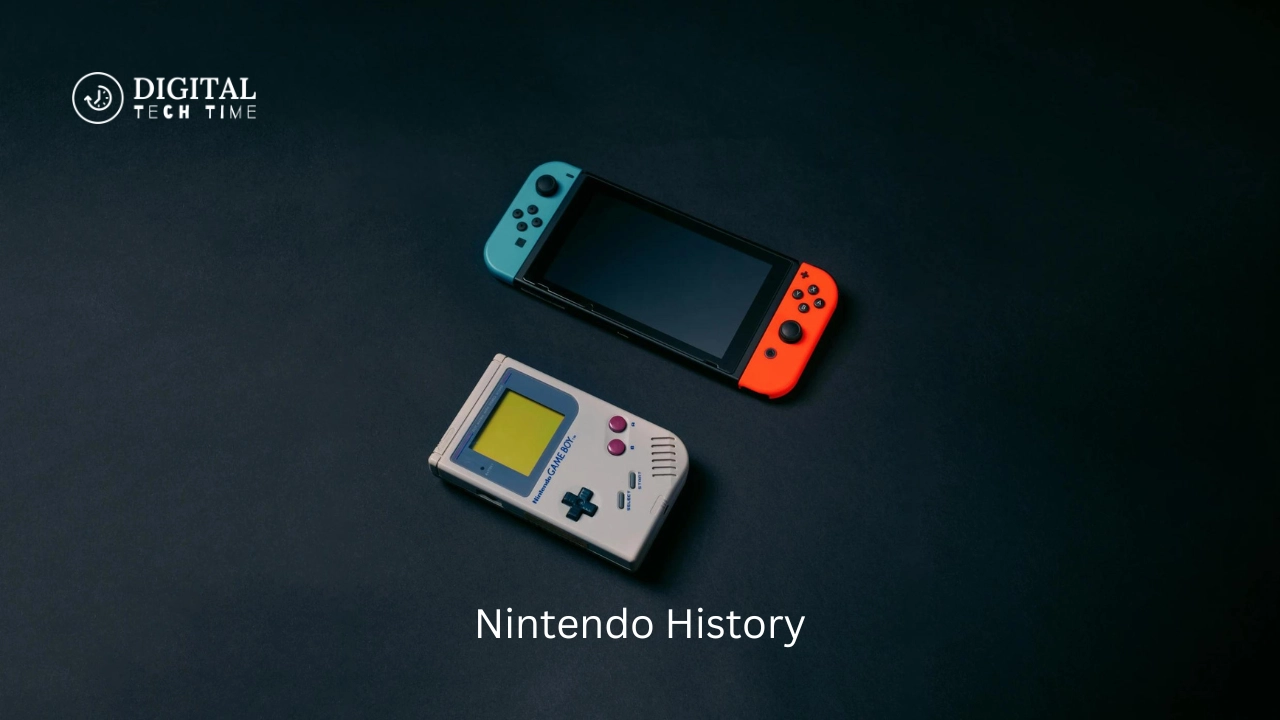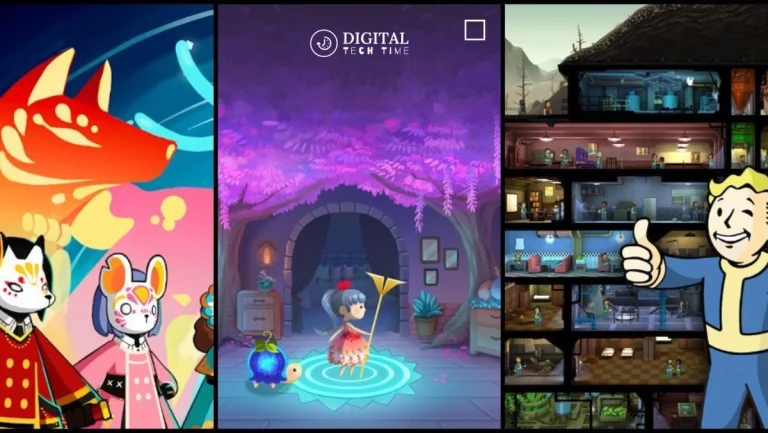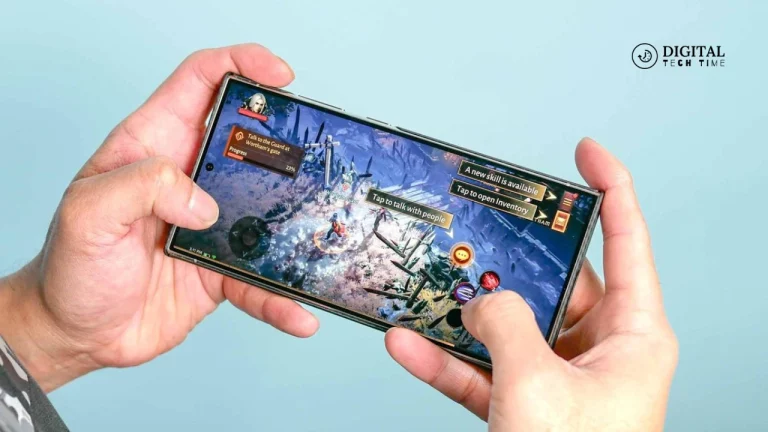A Journey Through Nintendo History – From NES to Switch
As an avid gamer, I have witnessed the remarkable evolution of the gaming industry, with Nintendo at the forefront of this transformative journey. From the groundbreaking Nintendo Entertainment System (NES) to the innovative Nintendo Switch, this iconic company has left an indelible mark on the hearts and minds of gamers worldwide.
Nintendo’s ability to captivate audiences with its unique blend of creativity, innovation, and sheer fun has set it apart from its competitors. Through its various console generations, Nintendo has consistently pushed the boundaries of gaming, introducing revolutionary concepts that have redefined how we experience interactive entertainment.
Table of Contents
The Birth of NES: Revolutionizing the Gaming Industry
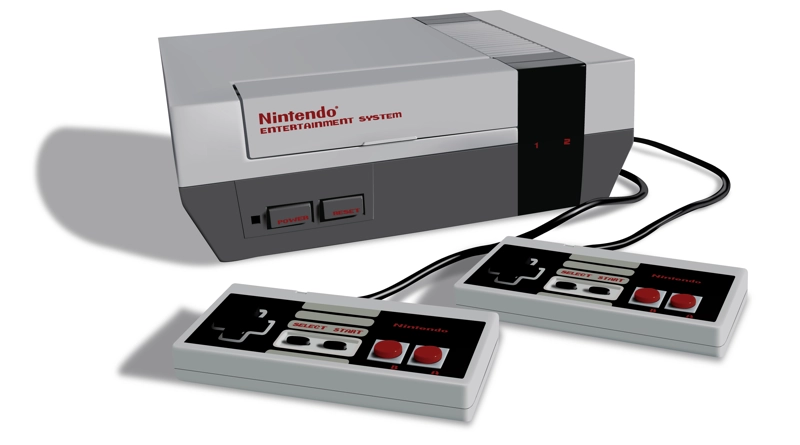
The NES, or Nintendo Entertainment System, was the console that ignited a gaming revolution. Released in 1983, it revived an industry on the brink of collapse, breathing new life into home entertainment. With its iconic design and unforgettable games like “Super Mario Bros.,” “The Legend of Zelda,” and “Metroid,” the NES captured the hearts and imaginations of millions.
Its success can be attributed to several factors:
- Innovative Game Design: Nintendo’s games were characterized by their intuitive controls, engaging gameplay, and captivating narratives, setting new standards for the industry.
- Robust Hardware: The NES boasted impressive hardware capabilities for its time, allowing developers to create immersive and visually stunning games.
- Third-Party Support: Nintendo fostered strong relationships with third-party developers, ensuring a diverse and ever-expanding library of games.
The NES laid the foundation for Nintendo’s future success, establishing the company as a force to be reckoned with in the gaming industry.
Super Nintendo Entertainment System (SNES): Taking Gaming to the Next Level
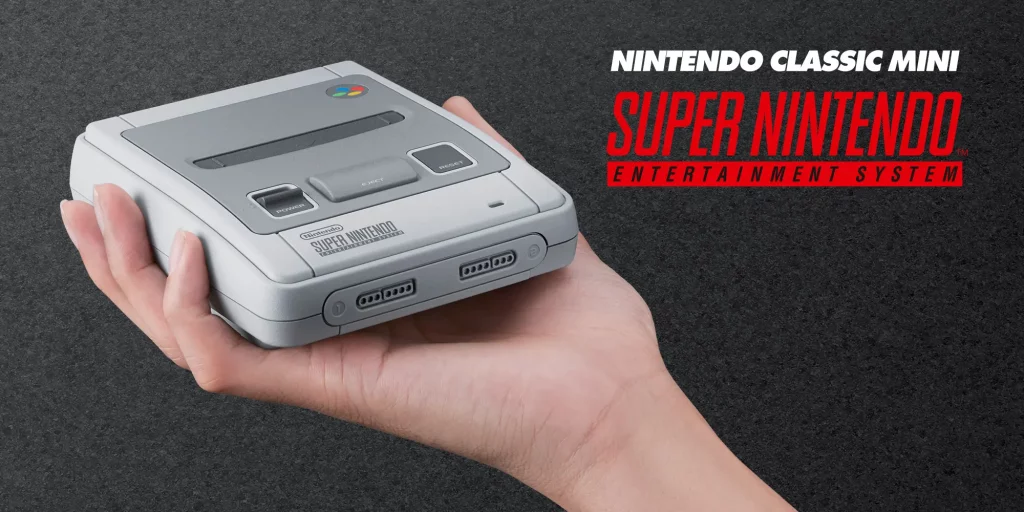
Building upon the success of the NES, Nintendo unveiled the Super Nintendo Entertainment System (SNES) in 1990. This 16-bit powerhouse ushered in a new era of gaming, delivering breathtaking graphics, memorable soundtracks, and captivating gameplay experiences.
Iconic titles like “Super Mario World,” “The Legend of Zelda: A Link to the Past,” and “Final Fantasy III” (later known as “Final Fantasy VI”) pushed the boundaries of what was possible on a home console. The SNES introduced gamers to vibrant colors, detailed environments, and unforgettable characters.
One of the standout features of the SNES was its innovative Mode 7 graphics mode, which allowed for impressive pseudo-3D effects and rotating backgrounds, adding depth and immersion to games like “F-Zero” and “Super Mario Kart.”
With its sleek design, robust game library, and cutting-edge technology, the SNES solidified Nintendo’s position as a gaming powerhouse, paving the way for even greater innovations.
Nintendo 64 (N64): Embracing 3D Gaming
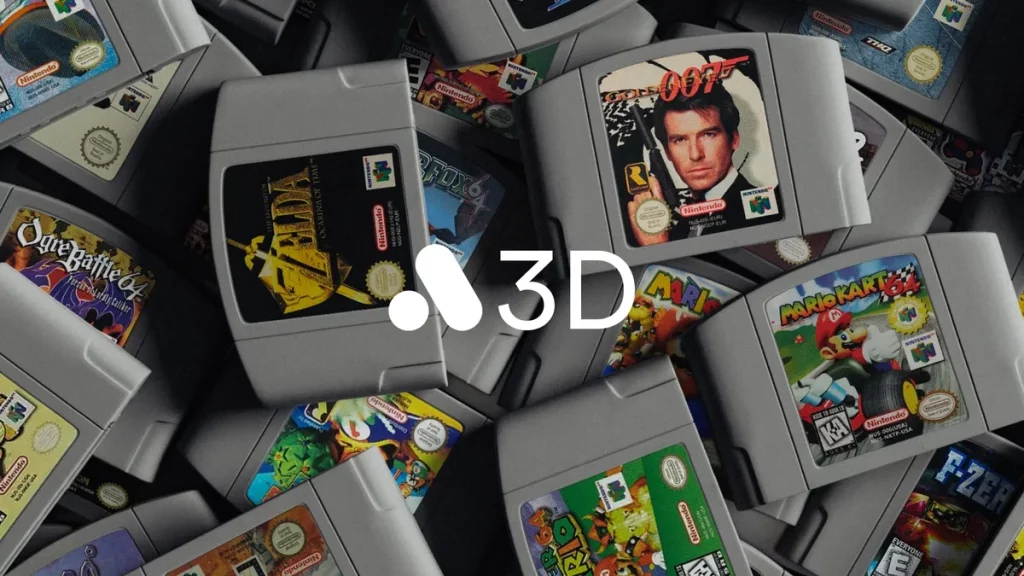
As the gaming industry transitioned into three-dimensional graphics, Nintendo boldly stepped forward with the Nintendo 64 (N64) in 1996. This revolutionary console marked a significant milestone in Nintendo’s history, introducing gamers to fully realized 3D worlds and immersive gaming experiences.
Games like “Super Mario 64,” “The Legend of Zelda: Ocarina of Time,” and “GoldenEye 007” revolutionized the way we perceived and interacted with virtual environments. The N64’s innovative analog stick and rumble pack peripheral enhanced the gaming experience, allowing for precise control and tactile feedback.
While the N64 faced stiff competition from Sony’s PlayStation, it remained a beloved console among Nintendo fans, thanks to its impressive first-party titles and groundbreaking gameplay mechanics.
GameCube: Innovation and Experimentation
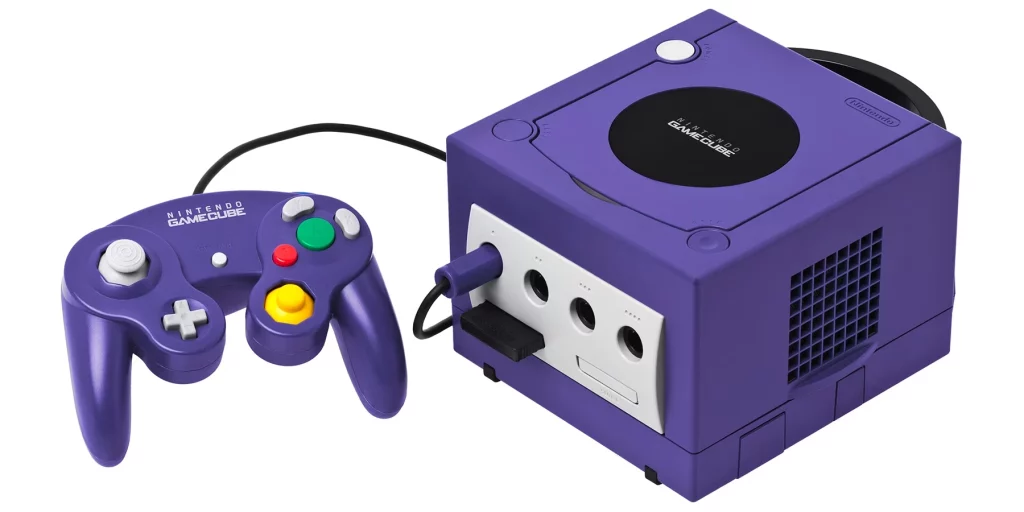
In 2001, Nintendo released the GameCube, a compact and powerful console that continued the company’s tradition of innovation and experimentation. With its unique design and impressive hardware capabilities, the GameCube introduced several groundbreaking features to the gaming world.
One of the most notable innovations was the inclusion of a handle on the console, allowing for easy portability and multiplayer gaming sessions. Additionally, while controversial, the GameCube’s proprietary mini-disc format offered faster load times and more efficient data storage.
Games like “Super Smash Bros. Melee,” “Metroid Prime,” and “Resident Evil 4” showcased the console’s impressive graphics and immersive gameplay experiences. The GameCube also saw the introduction of the iconic GameCube Controller, which featured an ergonomic design and unique button layout, becoming a fan favorite among gamers.
While the GameCube faced fierce competition from Sony’s PlayStation 2 and Microsoft’s Xbox, it remained a beloved console for Nintendo loyalists, demonstrating the company’s unwavering commitment to pushing the boundaries of gaming.
Wii: Introducing Motion-Controlled Gaming
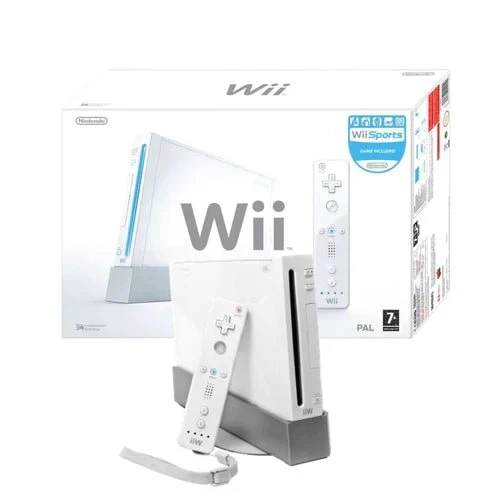
In 2006, Nintendo revolutionized the gaming industry again with the Wii release. This groundbreaking console introduced motion-controlled gaming, redefining how we interact with video games.
The Wii’s innovative motion-sensing Wii Remote and Nunchuk controller allowed players to mimic real-world movements, creating a truly immersive and active gaming experience. Games like “Wii Sports,” “Wii Fit,” and “The Legend of Zelda: Twilight Princess” showcased the potential of this revolutionary technology, captivating gamers of all ages and skill levels.
Beyond its motion-control capabilities, the Wii also boasted an impressive lineup of classic Nintendo franchises, such as “Super Mario Galaxy,” “Metroid Prime 3: Corruption,” and “Super Smash Bros. Brawl.” These titles demonstrated Nintendo’s ability to seamlessly blend innovation with beloved gameplay mechanics, ensuring a truly unforgettable gaming experience.
The Wii’s success was unprecedented, attracting a diverse audience and introducing gaming to a new demographic. Its impact on the industry cannot be overstated, and it remains a testament to Nintendo’s ability to think outside the box and push the boundaries of what gaming can be.
Nintendo DS: The Rise of Handheld Gaming
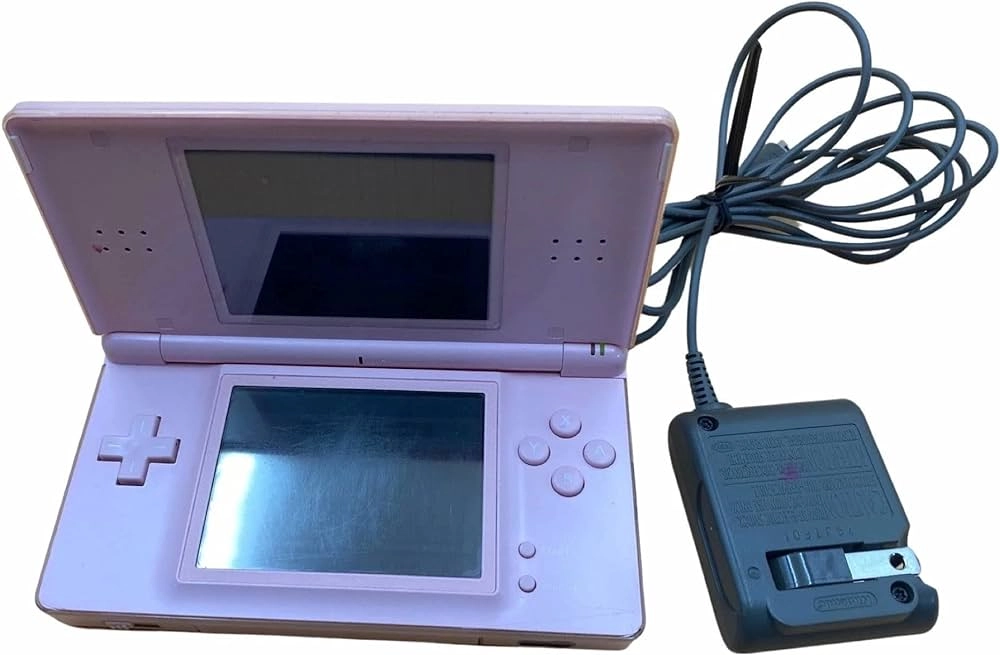
While Nintendo was revolutionizing home console gaming with the Wii, the company also made significant strides in the handheld market with the release of the Nintendo DS in 2004. This dual-screen handheld introduced a unique touch-screen interface, allowing for innovative gameplay mechanics and intuitive controls.
Games like “Nintendogs,” “Brain Age,” and “New Super Mario Bros.” showcased the capabilities of the DS’s touch-screen and stylus input, creating immersive and engaging experiences that were perfect for on-the-go gaming.
The Nintendo DS also featured a diverse library of games spanning various genres, from role-playing adventures like “Pokémon Diamond and Pearl” to puzzle-solving masterpieces like “Professor Layton and the Curious Village.” Its versatility and portability made it a hit among gamers of all ages, cementing Nintendo’s dominance in the handheld gaming market.
Nintendo 3DS: Pushing Boundaries with 3D Technology
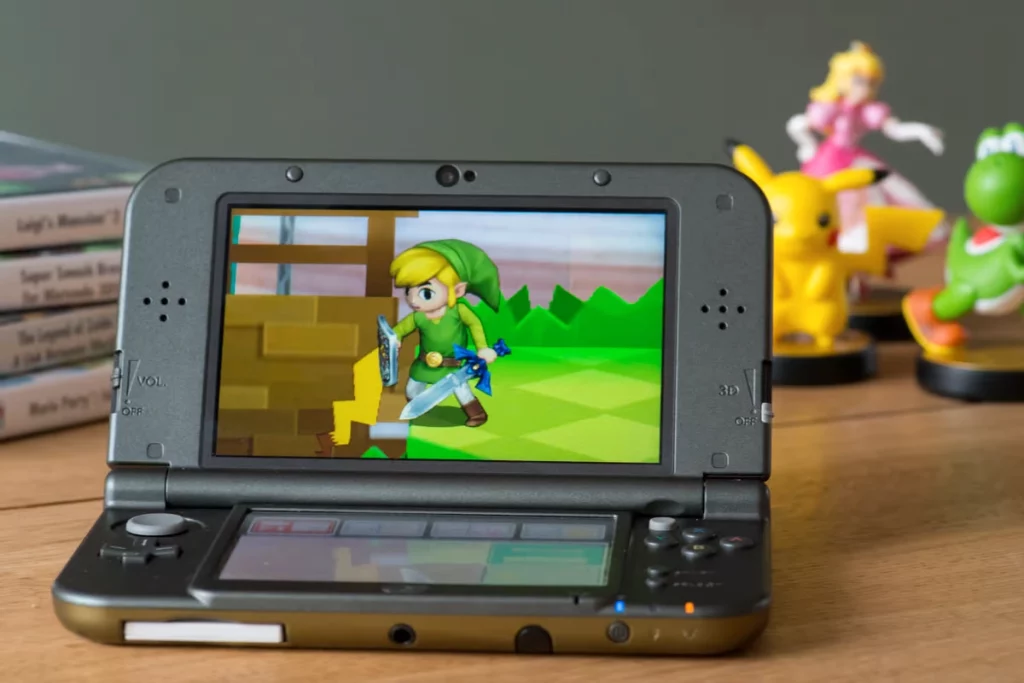
Building upon the success of the Nintendo DS, Nintendo introduced the Nintendo 3DS in 2011. This innovative handheld console featured glasses-free 3D technology, allowing gamers to experience depth and immersion in a portable form.
Games like “Super Mario 3D Land,” “The Legend of Zelda: A Link Between Worlds,” and “Kid Icarus: Uprising” showcased the potential of the 3DS’s 3D capabilities, creating visually stunning and engaging gaming experiences that pushed the boundaries of what was possible on a handheld device.
Beyond its 3D technology, the Nintendo 3DS also boasted a robust lineup of classic Nintendo franchises, as well as a diverse selection of indie and third-party titles. Its backward compatibility with Nintendo DS games further expanded its library, ensuring gamers could access a vast collection of gaming experiences.
While the 3D effect was not universally embraced, the Nintendo 3DS remained a popular choice among handheld gamers, solidifying Nintendo’s position as a leader in the portable gaming market.
Wii U: A Bold Attempt at Combining Console and Tablet Gaming
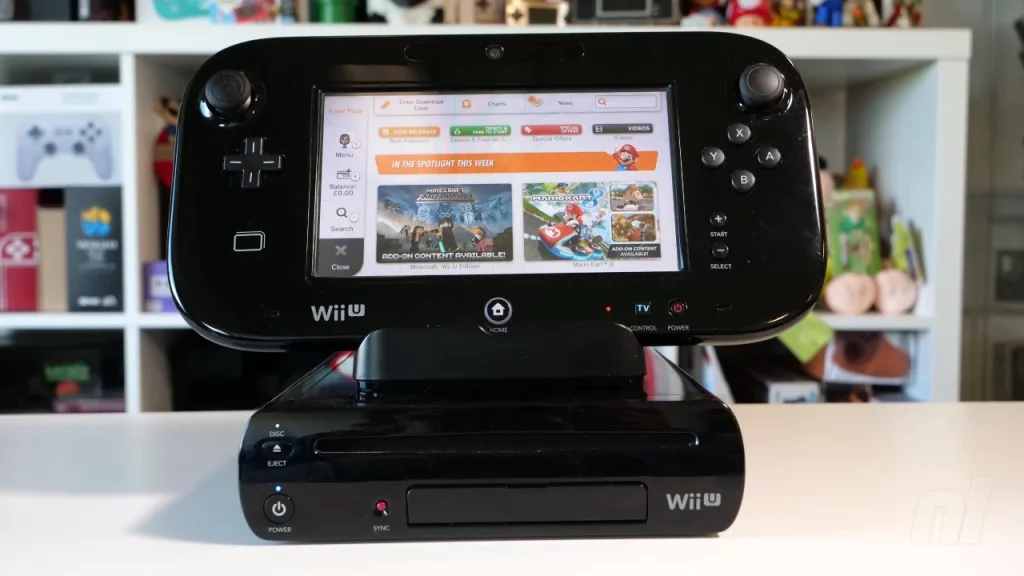
In 2012, Nintendo introduced the Wii U, a bold attempt to merge console and tablet gaming experiences. This innovative console featured a GamePad controller with a built-in touchscreen, allowing for unique gameplay mechanics and second-screen experiences.
Games like “Nintendo Land,” “Super Mario Maker,” and “Splatoon” showcased the potential of the Wii U’s GamePad, offering new ways to interact with games and enhancing the overall gaming experience. The console also boasted a robust lineup of classic Nintendo franchises, such as “The Legend of Zelda: Breath of the Wild,” “Super Mario 3D World,” and “Mario Kart 8.”
While the Wii U faced third-party support and marketing challenges, it remained a beloved console among Nintendo fans, offering a unique and innovative gaming experience that pushed the boundaries of what was possible.
Nintendo Switch: Redefining Gaming on the Go
In 2017, Nintendo once again redefined the gaming landscape with the release of the Nintendo Switch. This groundbreaking console seamlessly blended home and portable gaming, allowing players to take their gaming experiences wherever they went.
The Switch’s innovative Joy-Con controllers and dock system enabled gamers to easily switch between TV and handheld modes, offering unparalleled flexibility and convenience. Games like “The Legend of Zelda: Breath of the Wild,” “Super Mario Odyssey,” and “Mario Kart 8 Deluxe” showcased the console’s impressive graphics and gameplay capabilities, whether played on the go or a big screen.
The Nintendo Switch also boasted a robust lineup of indie and third-party titles, further expanding its game library and catering to various gaming preferences. With its innovative design and seamless transition between home and portable gaming, the Nintendo Switch has captured the hearts of gamers worldwide, solidifying Nintendo’s position as a leader in the gaming industry.
Related Post: Fix Most Common Nintendo Switch Problems
Frequently Asked Questions
What was the first Nintendo console?
The Nintendo Entertainment System (NES) was the first major home console released by Nintendo, launching in 1983 and reviving the gaming industry after the video game crash in 1983.
What is the best-selling Nintendo console of all time?
The Nintendo Wii is the best-selling Nintendo console of all time, with over 101 million units sold worldwide. Its motion-controlled gaming and accessible gameplay appealed to a broad audience.
What is the most recent Nintendo console?
The Nintendo Switch is the most recent Nintendo console, released in 2017. It seamlessly combines home and portable gaming, allowing players to switch between TV and handheld modes.
Does Nintendo still make handheld consoles?
Yes, Nintendo continues to produce handheld consoles alongside its home consoles. The Nintendo 3DS and Nintendo 2DS are the company’s current handheld offerings. However, the Switch has also been embraced as a portable gaming device.
What are some of the most iconic Nintendo franchises?
Some of the most iconic Nintendo franchises include Super Mario, The Legend of Zelda, Metroid, Pokémon, Kirby, and Animal Crossing. These franchises have been instrumental in shaping the gaming industry and have garnered millions of fans worldwide.
Conclusion
Nintendo’s journey through the annals of gaming history is a testament to the company’s unwavering commitment to innovation, creativity, and sheer fun. From the groundbreaking NES to the revolutionary Switch, Nintendo has consistently pushed the boundaries of what is possible in interactive entertainment.
Through its iconic franchises, groundbreaking hardware, and innovative gameplay mechanics, Nintendo has captured the hearts and imaginations of gamers across generations. Its ability to seamlessly blend nostalgia with cutting-edge technology has solidified its position as a gaming titan, inspiring countless developers and shaping the industry.
Go To Official Website: Nintendo Switch

